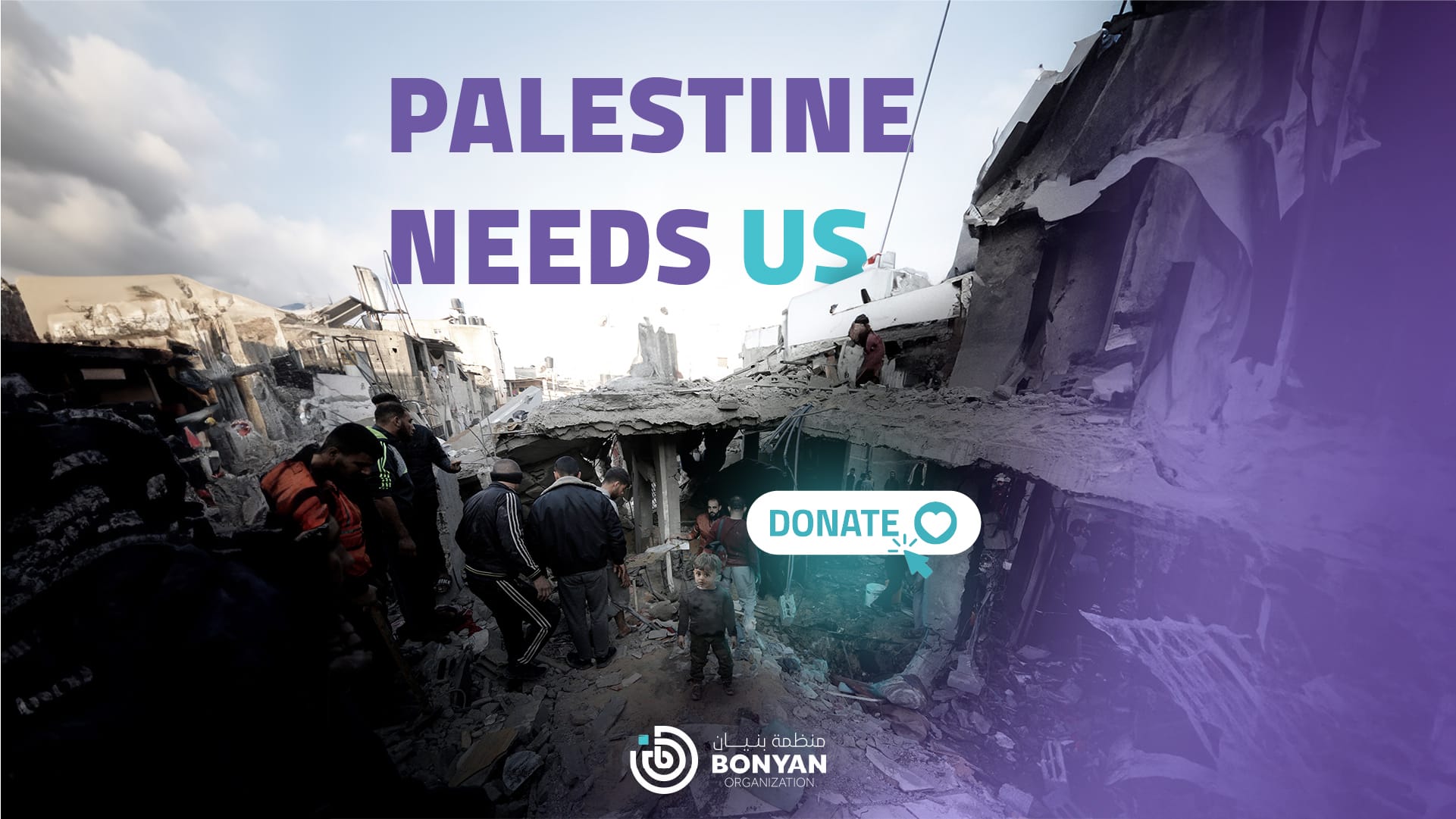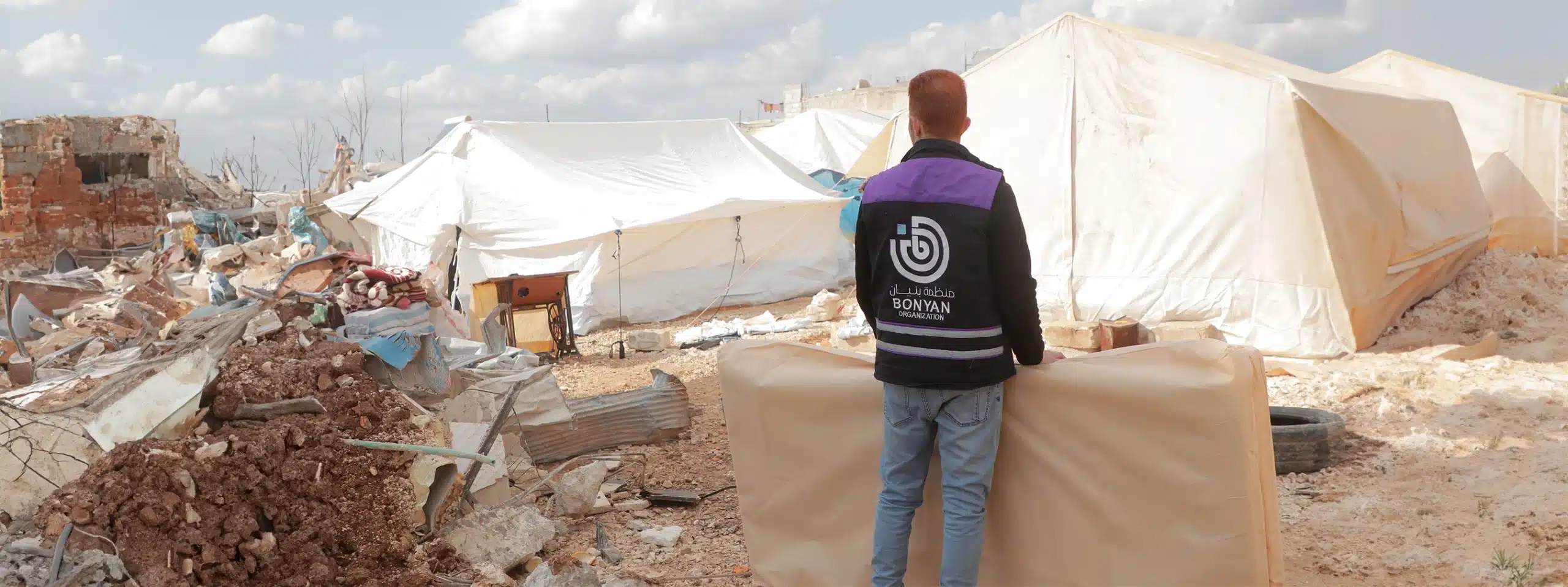When disaster strikes, whether unleashed by the forces of nature or the destructive hand of conflict, human suffering can reach unimaginable levels. Communities are shattered, lives are lost, and those who survive find their basic needs for survival hanging in the balance.
In these dire circumstances, emergency relief and aid become more than just services – they become a lifeline.
What is Emergency Relief?
Emergency relief encompasses the immediate actions taken to address the fallout of a crisis that overwhelms the local government’s ability to respond. An emergency is characterized by clear evidence of human suffering, an imminent threat to life or livelihood, and a disruption of normal life within a community.
Emergencies can be triggered by various events:
- Natural Disasters: Catastrophic events like earthquakes, hurricanes, floods, wildfires, and droughts can wreak havoc, leaving death, displacement, and destruction in their wake.
- Human-made Crises: Conflicts, political instability, economic collapse, and mass displacement create complex scenarios with widespread suffering that can last for years.
- Slow-Onset Disasters: Prolonged droughts, food insecurity, and creeping environmental changes can slowly erode a community’s resilience, eventually leading to full-blown emergencies.
Principles that Guide Humanitarian Action
Humanitarian aid, of which emergency relief is a core component, operates under a set of fundamental principles that protect the rights and dignity of those it serves:
1. Humanity: Emphasizes the imperative to alleviate human suffering wherever it exists, particularly among the most vulnerable populations.
2. Neutrality: Mandates that aid organizations remain impartial and don’t take sides in conflicts or disputes.
3. Impartiality: Requires aid to be distributed based solely on need, without any form of discrimination based on race, religion, nationality, political opinion, or other factors.
4. Independence: Stresses the importance of separating humanitarian objectives from political, military, religious, or economic aims.
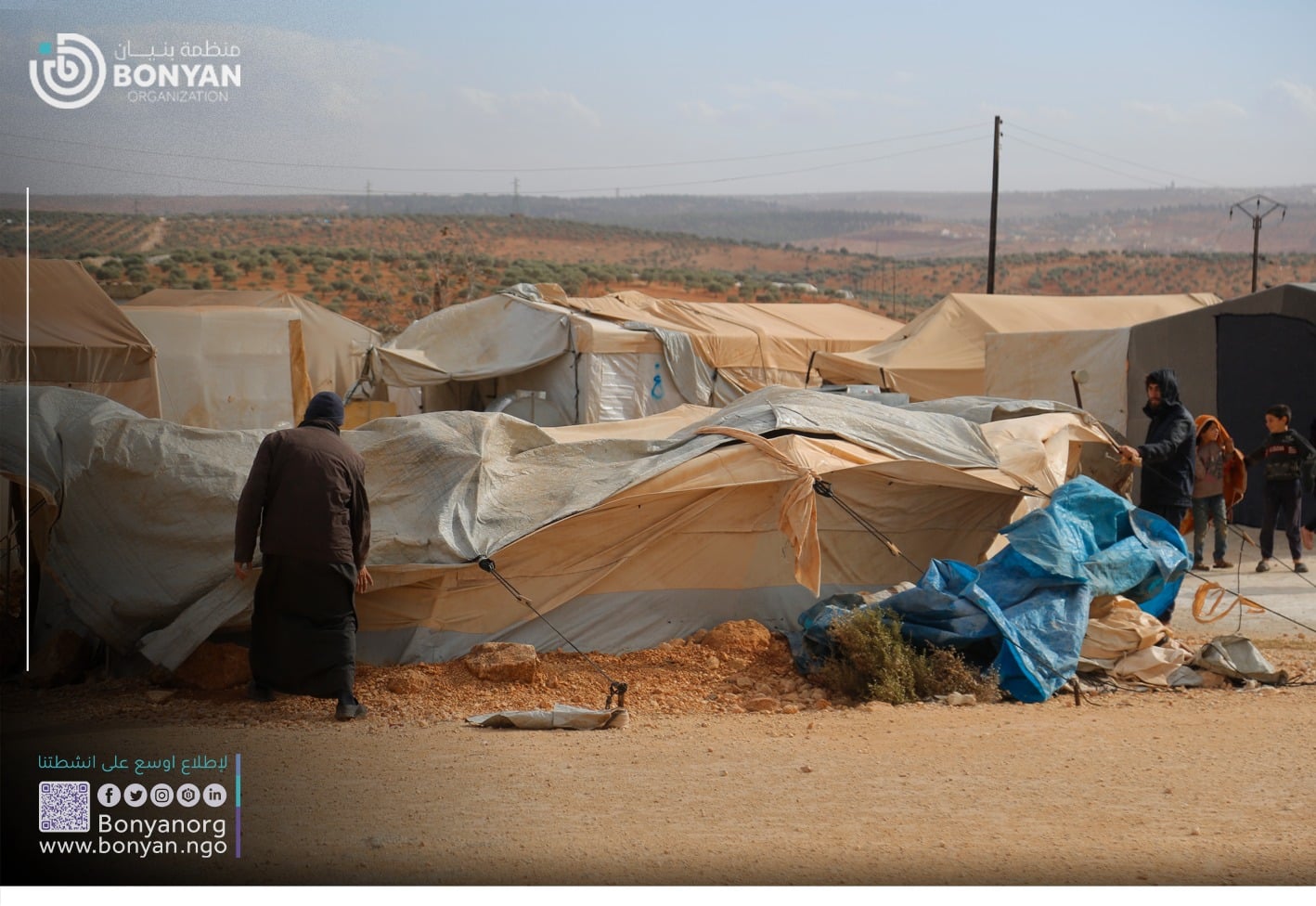
The Focus of Emergency Relief
Emergency relief focuses on meeting immediate needs to preserve life in the aftermath of a crisis. This includes providing:
Food and Nutrition
Emergency Food Aid: Direct distribution of food rations (grains, oil, legumes), often sourced locally or regionally, to provide immediate sustenance.
Ready-to-Use Therapeutic Foods (RUTFs): Specialized, nutrient-dense paste or bars designed to rapidly treat severe acute malnutrition in children. Often utilized in famine crises in conjunction with community-level screening programs.
Promoting Food Security: Longer-term interventions might involve distributing seeds and tools for displaced communities to restart agricultural production or working with local markets to ensure a stable food supply.
Clean Water and Sanitation
Safe Drinking Water: Provision of clean water through water trucking, water purification tablets, or repairs to damaged water infrastructure. Preventing dehydration and the spread of diseases like cholera is crucial.
Hygiene Kits: Distribution of essential hygiene supplies like soap, menstrual hygiene products, and buckets, helping to maintain basic sanitation and dignity.
Sanitation Infrastructure: Construction of temporary latrines, waste disposal systems, and handwashing stations in displaced persons camps or damaged communities. This limits the outbreak of disease and fosters hygiene practices.
Shelter and Protection
Temporary Housing: Provision of tents, tarps, or prefabricated shelter units, often prioritizing the most vulnerable households who’ve lost their homes.
Safe Spaces: Creating dedicated and monitored areas within camps or communities, specifically for women and children. This is vital to reduce the risk of sexual violence, child trafficking, and other forms of exploitation.
Protection Services: Establishment of case management systems to identify and respond to survivors of violence, child protection concerns, and other protection risks. This may involve working with local authorities and community leaders.
Medical Care
Trauma Treatment: Urgent medical attention for injuries, including setting up temporary field hospitals or supporting overwhelmed local clinics.
Essential Medication: Distribution of life-saving medications for chronic conditions (like diabetes), respiratory infections, and other common illnesses. Maintaining pre-crisis health management is crucial.
Vaccination Campaigns: Rapid deployment of vaccinations against preventable diseases like measles, which can spread quickly in crisis conditions.
Ongoing Healthcare: Where possible, supporting existing health systems or providing mobile clinics that offer healthcare beyond initial emergency treatment as needs evolve.
Psychosocial Support
Counseling: Providing individual and group counseling sessions to address trauma, grief, and help individuals cope with crisis.
Trauma Care: Specialized services for children and survivors of violence, utilizing play therapy, art therapy, and other age-appropriate techniques.
Community-based Support: Training community members to recognize signs of distress and provide basic emotional support, building resilience within the affected communities.
Education in Emergencies
Safe Learning Environments: Establishing temporary schools, or using existing but safe structures to provide a sense of routine and normalcy for children.
Alternative Education: When traditional school settings are impossible, utilizing mobile classrooms, radio broadcasts, or community-based learning programs can help bridge the gap.
Teacher Training: Providing local teachers and volunteers with techniques for psychosocial support and teaching in complex crisis environments.
The Unique Vulnerability of Children
Children bear the heaviest burden in emergencies. They face higher risks of disease, malnutrition, separation from families, physical harm, exploitation, and severe psychological trauma.
Emergency relief must prioritize child protection, provide psychosocial support, and work to restore their sense of safety, security, and hope.
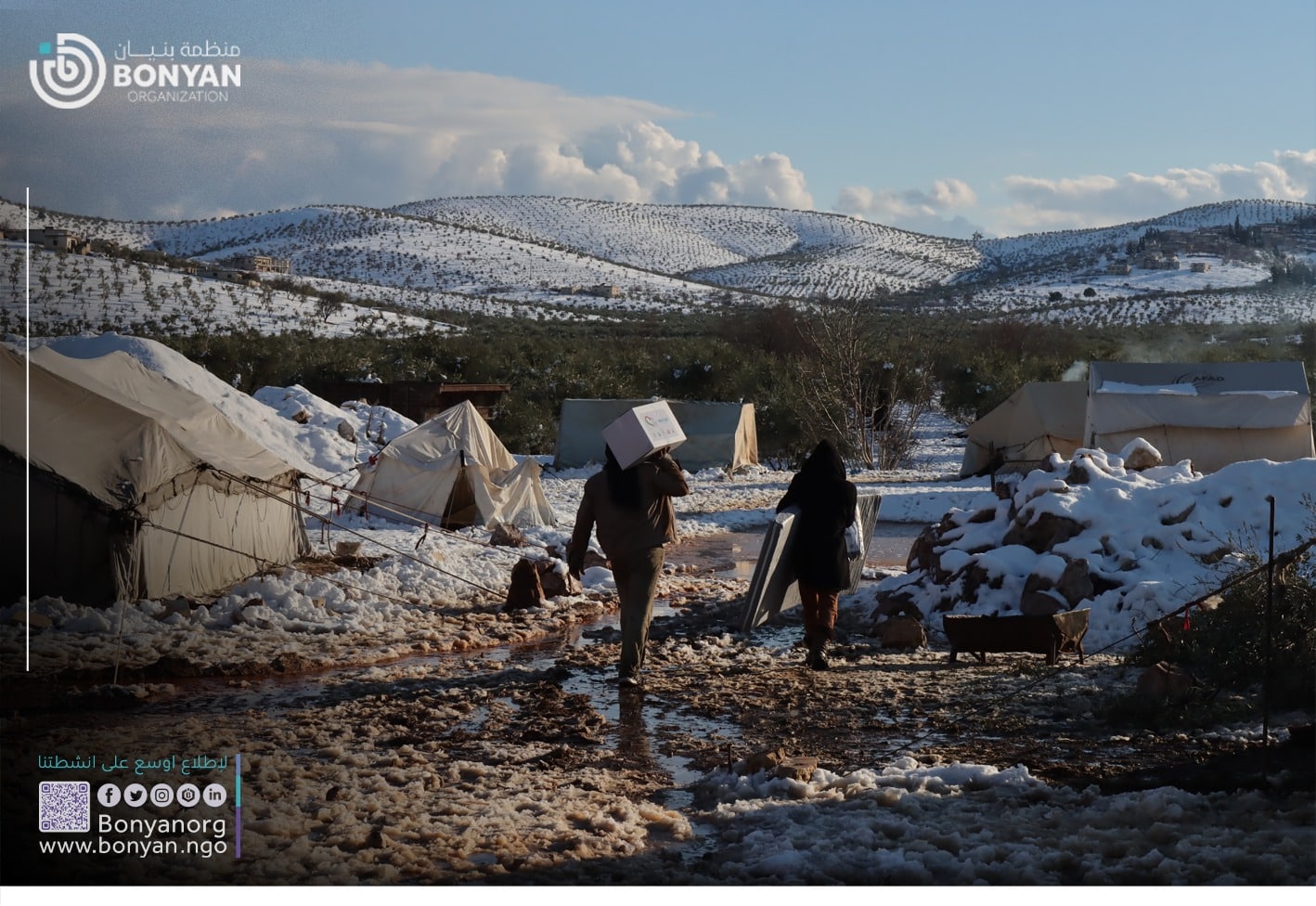
Challenges and Complexities of Aid Delivery
Conflict Zones:
Active conflicts often have blockades or deliberate targeting of aid workers and supplies, making some areas almost impossible to reach. Fragile ceasefires are a lifeline but remain unpredictable.
Bureaucracy and Politics:
Aid may become a bargaining chip in political negotiations, or diverted based on ethnicity, favored groups, or religious affiliation, undermining the principle of impartiality.
Bureaucratic red tape can also cause dangerous delays in processing visas or equipment imports.
Logistical Hurdles:
Difficult terrain after disasters can worsen existing poor infrastructure. In conflict zones, roads might be closed, fuel hard to obtain due to shortages or price gouging, or local transport partners might become targets.
Funding Shortages:
Needs always seem to outpace the available funding. Worse, money often arrives AFTER the peak crisis, making relief slower and less effective. Also, media attention drives donations, leading to underfunded but ongoing situations
The Importance of Preparedness
Proactive measures are crucial to minimize the impact of disasters. This includes:
- Disaster risk reduction: Helping communities develop early warning systems and preparedness plans.
- Pre-positioning supplies: Stockpiling critical resources in areas prone to natural disasters.
- Training and capacity building: Equipping local responders and organizations with the skills necessary for effective emergency response.
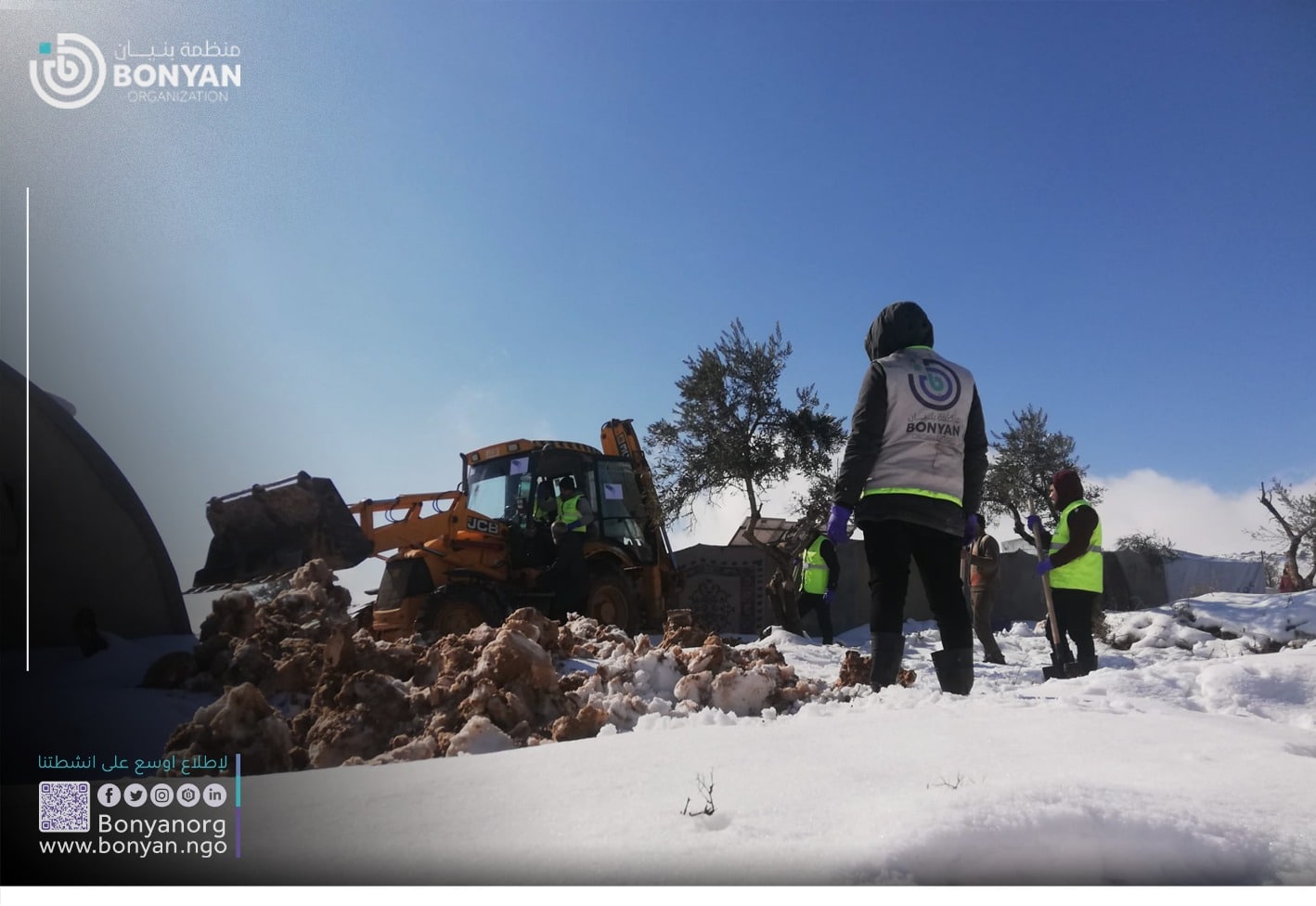
How You Can Help
Donate: Support reputable aid organizations through financial contributions.
Volunteer:
- Skills not just goodwill: Aid agencies need everything from accountants and translators to IT specialists. Match your skills to needs online.
- Local efforts: Your community likely has groups aiding the homeless or refugees. This builds understanding.
Advocate:
- Power of social media: Educate your network about forgotten crises and how people can help beyond thoughts and prayers.
- Contact representatives: Urge your government officials to support policies for robust foreign aid, refugee resettlement, and conflict resolution.
A Lifeline in Crisis: Bonyan’s Emergency Relief Efforts
Here at Bonyan, we understand that during crises, every minute counts. That’s why our Emergency Response Program is designed to act swiftly and decisively when conflict or natural disasters strike in the Middle East and Africa.
We’re driven by one goal: to save lives and offer a lifeline of support to those who’ve lost everything. Our teams work tirelessly to provide essential supplies like food, shelter, and winter protection. We rehabilitate damaged infrastructure, ensuring safety and access to vital resources.
Our response to the 2023 Turkey-Syria earthquake exemplifies our commitment – we were among the first on the ground, offering aid and standing in solidarity with those affected.
Let us be your partners in resilience.





